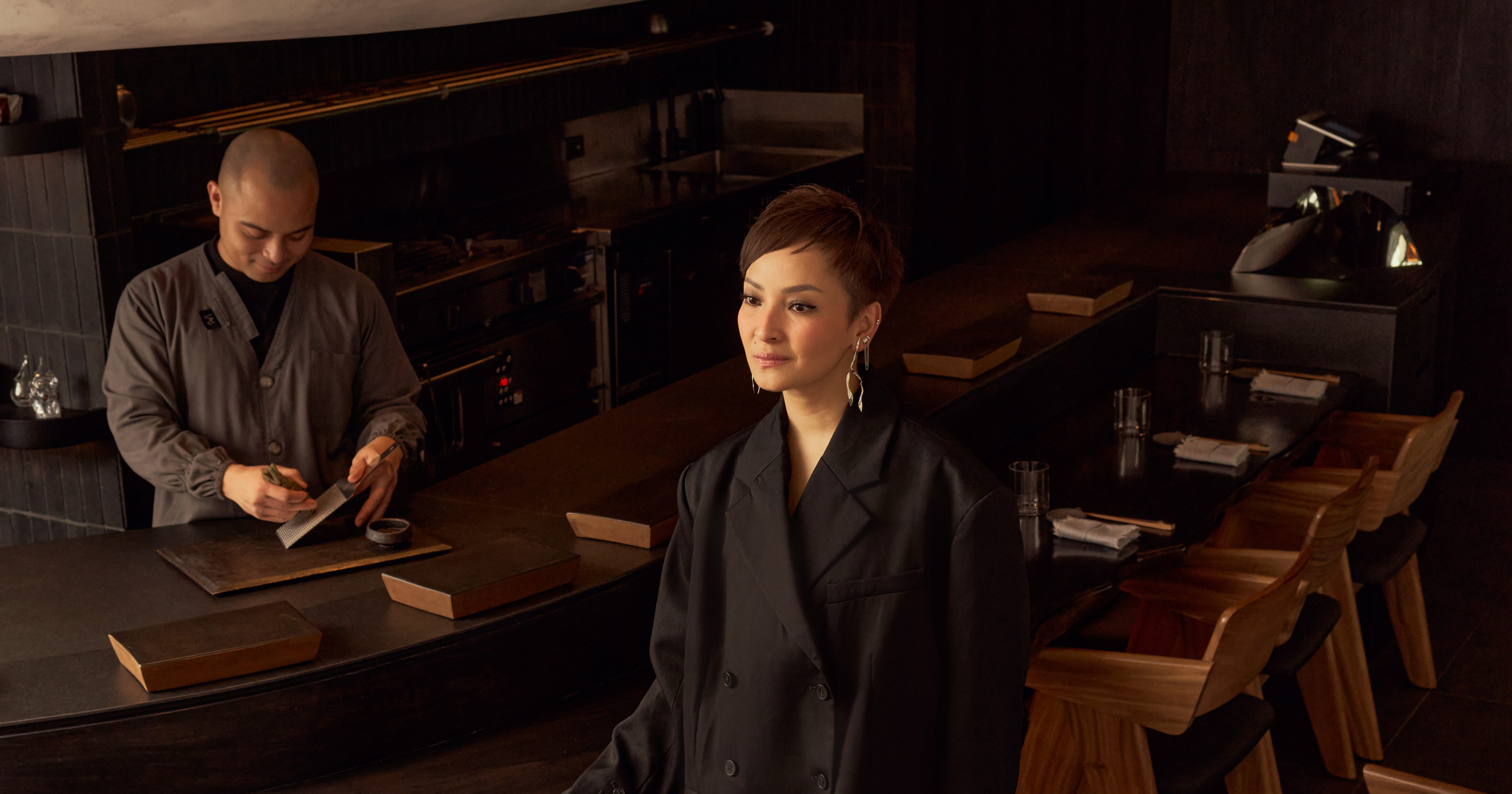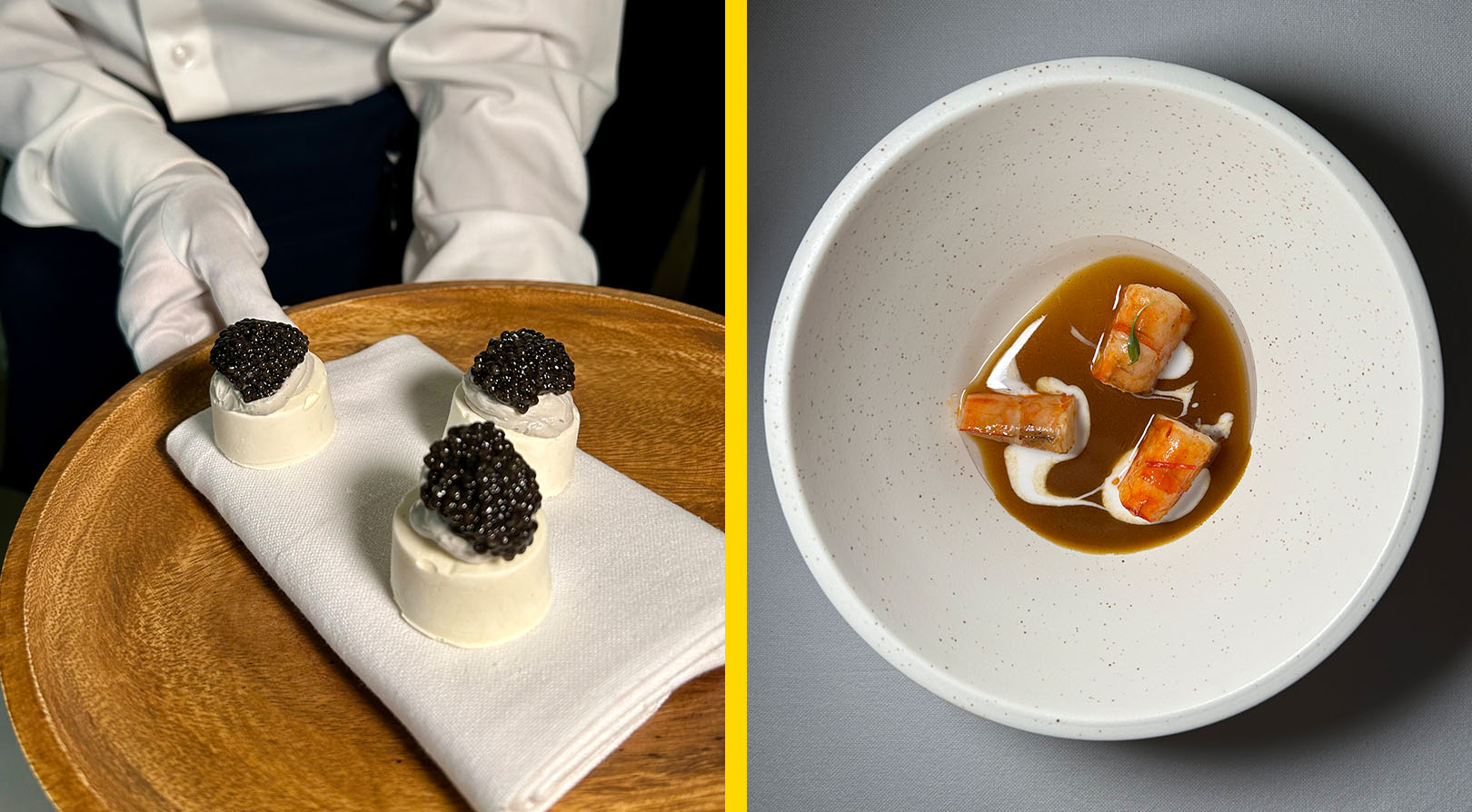While it is relatively new in the local market, wine production and consumption in Argentina dates back to over 400 years. The first vines were brought to the country by the Spaniards in the early 16th century. Catholic priests were the first to start cultivating vineyards to ensure the provision of wine for the celebration of Holy Mass, and the practice spread rapidly in the central, western, and northeastern areas of the country.
The optimum soil and weather conditions of the Andean region produced good harvests; winegrowers also say that the pure water from melted Andes glaciers makes a difference. When European immigrants brought in new vine growing techniques and grapevine varieties in the 19th century, laws were passed to enable commercial production, and exports began. Argentina is now the fifth largest producer of wine in the world.

Carlo Calma Lorenzana of Boca Juan Filipinas Inc. and La Cabrera is among those who appreciate anything and everything from Argentina that’s why he and business partner Bobby Tenchavez brought Lagarde Wines to the Philippines. Lorenzana’s father was once a consultant for the Argentinian conglomerate that happens to own Lagarde Winery.
“We discovered the joys of enjoying wine and the happy hour culture a few years ago, so we realized that going into the business of wine was a good idea,” he smiles.
“The Philippine market is vastly bigger now compared to the last couple of years. More and more suppliers and importers are coming in since Filipinos are slowly appreciating the growing wine culture. Amazing new restaurants contribute to this growth. In supermarkets, you would now see a bigger area allotted for wines compared to before.”
Argentine wines are primarily fruit-forward, they share. Malbec, the flagship red wine, has a trademark velvety texture and is opaque yet deeply colored with a magenta rim, boasting black cherry, berry, and plum flavors. Torrontés, the emblematic white counterpart, is incomparable to other wines. It has fruity notes but is surprisingly not sweet. It is refreshing to the palate and can easily be paired with different dishes.
In the wine market, Lagarde is known to be very distinct, well balanced, and easy to pair with food. “The family-owned Boca Juan winery is located in a region known as Zona Alta del Rio Mendoza in Lujan de Cuyo, and it’s known as the First Growing Zone, meaning the best region in Argentina to produce high-quality wines. This area possesses all the characteristics of an alluvial soil with nutrient-rich elements,” says Lorenzana.
“The Philippine market is vastly bigger now compared to the last couple of years. More and more suppliers and importers are coming in since Filipinos are slowly appreciating the growing wine culture. Amazing new restaurants contribute to this growth. In supermarkets, you would now see a bigger area allotted for wines compared to before.”
For those unsure about what to offer on wine nights with friends, Lorenzana gives his analysis on local preference: “Filipinos tend to prefer the fruity wines and are more inclined to drink red, in spite of the warm weather. This is probably because Filipinos are more into sweet-salty food or, as we say in Tagalog, malasa.”
Originally published in F&B Report Vol. 13 No. 3












































